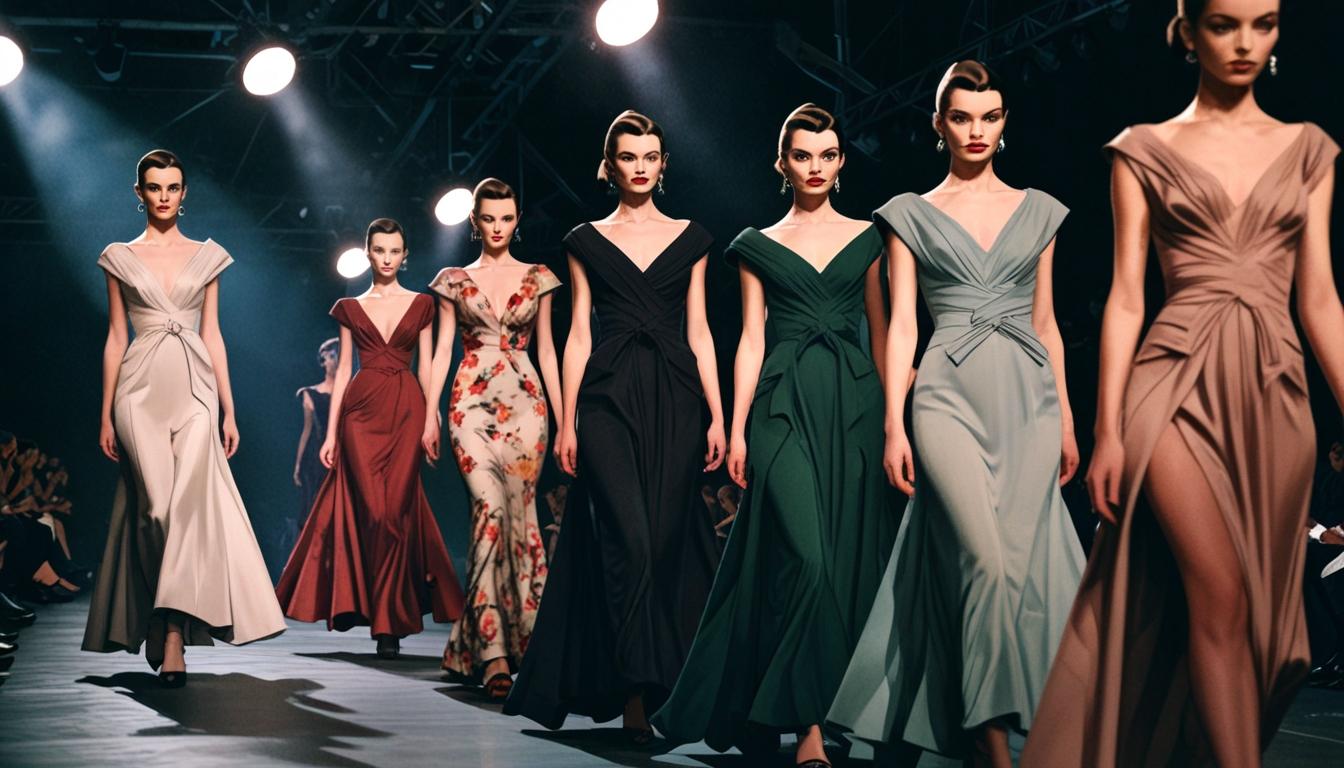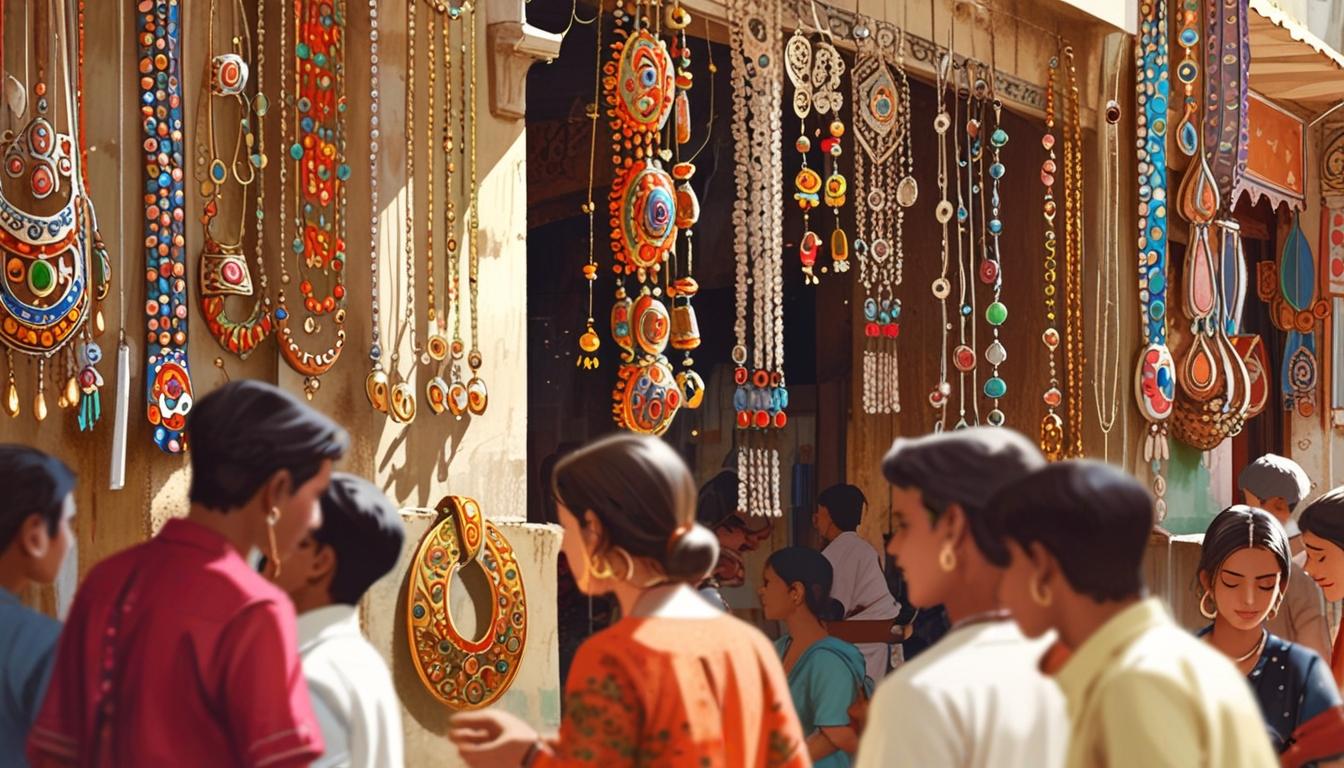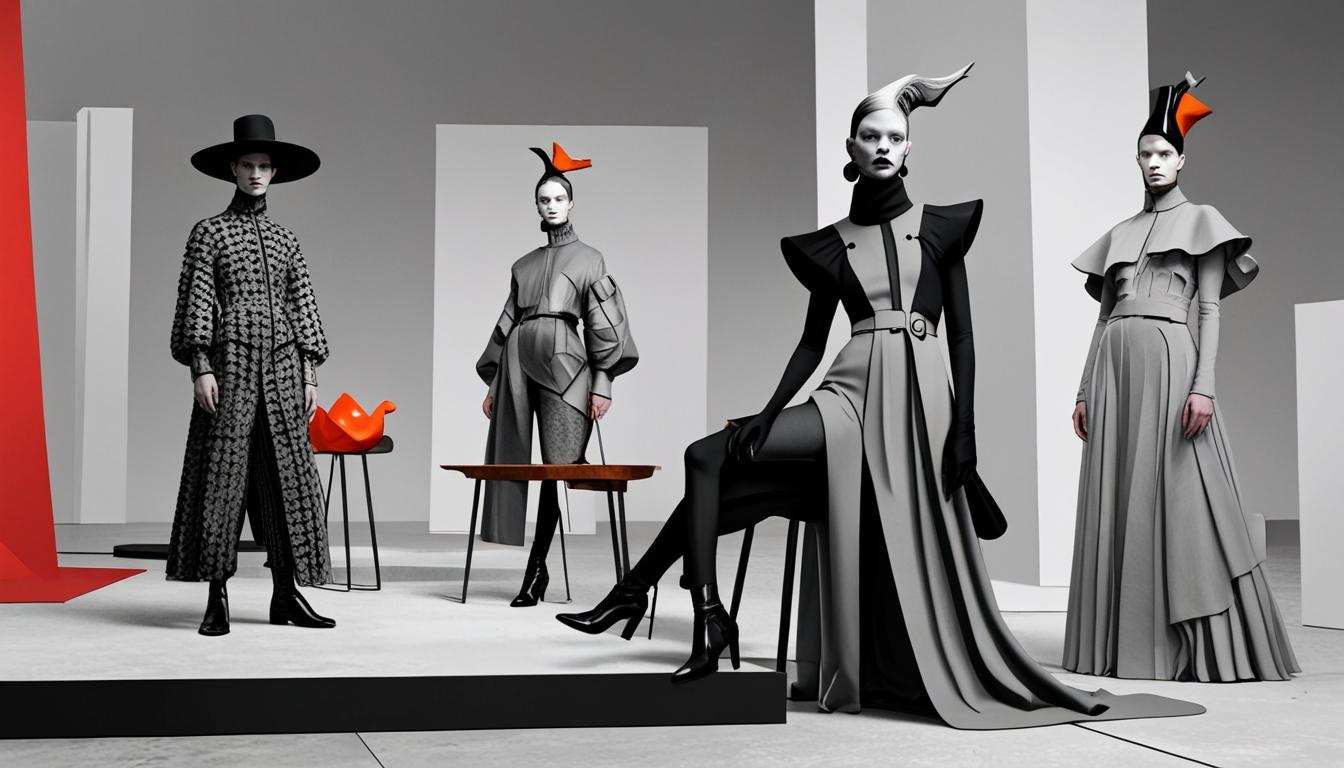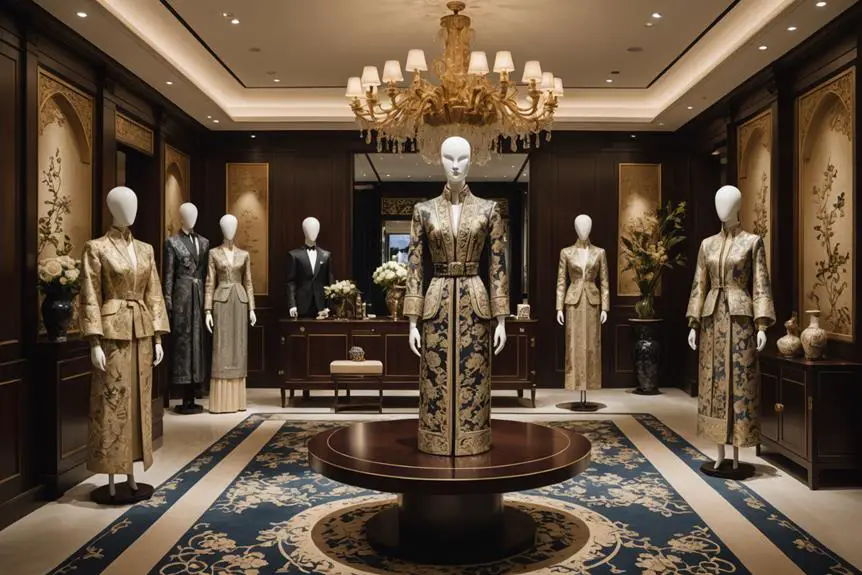While not as famous as other fashion icons, Dorothy O’Hara’s unique designs from the 1940s and 1950s continue to inspire vintage fashion enthusiasts and collectors alike.
Dorothy O’Hara, a name not as widely celebrated as iconic fashion houses like Dior or Balenciaga, nonetheless holds a special place in the world of vintage fashion, especially for aficionados of the sleek and sculpted silhouettes characteristic of the 1940s and 1950s. Renowned for her draped, curve-enhancing designs, O’Hara created pieces that offered a blend of elegance and modern architectural flair, capturing the essence of mid-century glamour. Her creations were favored not only by Hollywood starlets but also by everyday women looking to embrace sophisticated styles.
Dorothy O’Hara’s journey began in California, where she initially worked as a model. Her deep admiration for the golden age of Hollywood propelled her into the realm of fashion design. O’Hara honed her sewing skills and studied pattern-making in evening classes after her modeling engagements. Her career in costume design took off between 1945 and 1947 as she created custom gowns for movie stars at Paramount Pictures, leading to the establishment of her own label, Fashion Forecast, in partnership with her husband.
The designer is best remembered for her unique sculpted dresses, featuring rear zippers and designed to flatter the female form. Often, her garments appeared to be two-piece suits yet maintained the elegance of a single dress. O’Hara’s clothing line catered to a broad audience, offering a range of sizes from petite to plus. She was not only part of the renowned “California Fashion Creators” group—which also included designers like James Galanos and Edith Small—but actively contributed to the mid-century fashion landscape.
O’Hara crafted her designs with a philosophy that emphasized accessibility for the average woman, aiming to create luxurious fashions that were still attainable. High-end ladies’ specialty shops, such as Arnold Constable in New York, readily featured O’Hara’s cocktail and evening dresses, appealing to their sophisticated clientele. Her creations were often described as “sexy,” with a contemporary advertising slogan of 1957 encapsulating this sentiment: “Makes women look nice and men look twice.”
Among her notable pieces, her dresses bore distinctive features, such as draping at the bust that flowed into form-fitting hips. This innovative silhouette was celebrated in various advertisements, including those for department stores in Michigan, highlighting her transition from designing exclusively for stars to appealing to well-dressed women everywhere.
O’Hara’s role in fashion, while significant, came to an untimely end when she passed away at the age of 51 in 1963. Her work, however, continues to resonate within the vintage fashion community, with her designs drawing admiration for their beauty and craftsmanship. Collectors and enthusiasts alike continue to seek out O’Hara dresses, with particular attention to those showcasing her signature draping techniques and glamorous aesthetic.
The Vintage Fashion Guild has recognized O’Hara as a pivotal figure in the evolution of 20th-century fashion, solidifying her legacy among those who value the artistry behind the clothes. The enduring appeal of her work is evident, with collectors sharing images and stories of their own O’Hara garments, ensuring her contributions to fashion will not be forgotten.
Source: Noah Wire Services





Questa pagina permette il reclutamento di professionisti per compiti delicati.
Gli utenti possono ingaggiare professionisti specializzati per incarichi occasionali.
Le persone disponibili sono valutati con attenzione.
assumi assassino
Con il nostro aiuto è possibile visualizzare profili prima di procedere.
La fiducia resta al centro del nostro servizio.
Contattateci oggi stesso per affrontare ogni sfida in sicurezza!